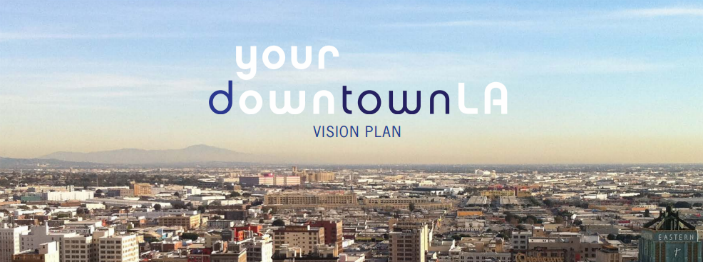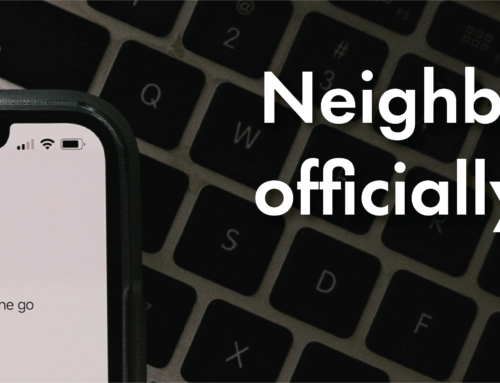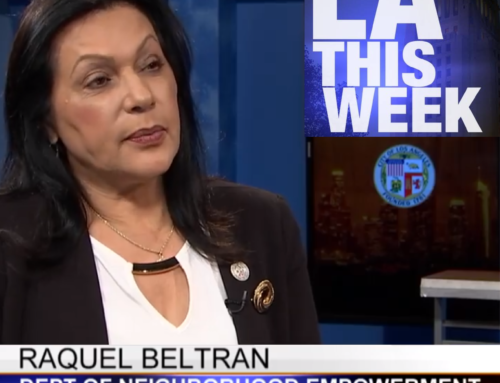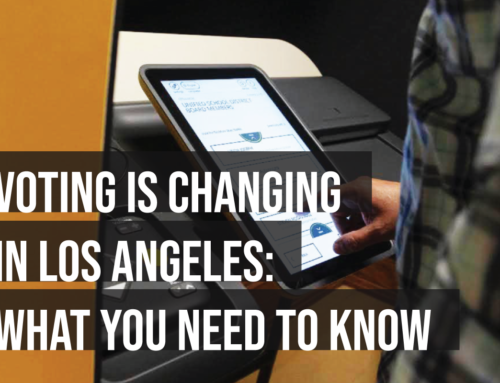In 2012, a Southern California Association of Governments (SCAG) Compass Blueprint grant was awarded to a Neighborhood Council for the first time. The Downtown Los Angeles Neighborhood Council is the first Neighborhood Council to have sought and secured the resources to map its own future. With input from stakeholders and board members, DLANC worked with consulting firm AECom to develop a vision plan for Downtown Los Angeles addressing the changing nature of the neighborhood and its diverse populations, businesses, and districts.
Downtown is home to more than 52,000 residents, 200,000 workers, and 10 million visitors. Vision Downtown provides a much-needed framework for Downtown’s successful evolution and for fulfilling the stakeholders’ vision for future projects.
This vision plan and the underlying process has the potential to serve as a model for other neighborhood councils interested in proactively crafting their own destiny. Just as neighborhood councils were once an experiment, this next level of community planning is as well. The success of DLANC’s planning will transform the dynamics of traditional city planning in the City of Los Angeles.
According to the report, the Vision Plan “will provide guidance to the DLANC board as it performs its review and advisory role for projects within its jurisdiction” and “provides a community-endorsed set of aspirations that will provide input to City and other public agencies as they decide on revising and establishing new regulations for Downtown development.”
The Plan is meant to address issues at a level that a Neighborhood Council is actually able to make changes. “My hope is that we will tackle as many projects from the Vision Plan as possible,” said DLANC President Patti Berman. “The idea is to engage stakeholders with appropriate expertise and talents to work with projects and bring the results to the City and/or private enterprises to implement.”
DLANC’s proactive efforts to guide its own future with a clear and purposeful plan written with stakeholder input can serve as a model for all Neighborhood Councils. Addressing concrete issues at the neighborhood level can go a long way towards helping to solve city-wide problems and guide the growth and development of a neighborhood in a thoughtful and sensitive manner.






